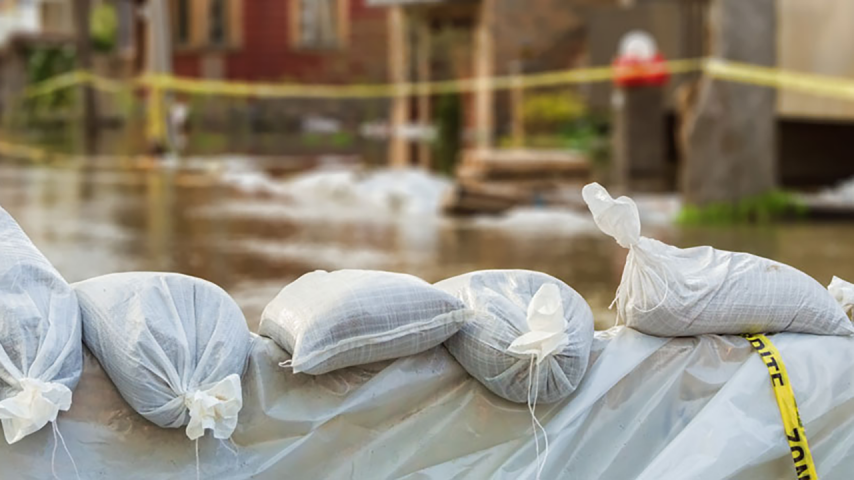
When it comes to protecting your home against flood, Mitigation Saves homeowners time and money.
This was the crux of a recent panel presentation that I participated in, during the Strengthening Coastal Counties Resilience Workshop in South Padre Island, Texas. The workshop was arranged by the National Association of Counties (NACo), with funding from the National Oceanic and Atmospheric Administration (NOAA), as part of a project to help counties think through how to improve resilience.
Keith PorterI represented the Multihazard Mitigation Council of the National Institute of Building Sciences in the panel to a workshop of officials of Gulf and Atlantic coastal counties.
I talked about the economics of flood mitigation, drawing lessons from Natural Hazard Mitigation Saves.
The Mitigation Saves study shows that people can afford to build freeboard (a requirement in modern building codes that wasn’t there in 1990) into new buildings in riverine floodplains. It also shows that more freeboard costs more up front, but ultimately lowers the long-term cost of ownership.
How do we know that? Mitigation Saves demonstrates that building a foot of freeboard saves an average of $6 per additional $1 of construction cost. The study also shows that building 5 feet of freeboard rather than 1 foot saves another $5 in avoided future losses per $1 of added construction cost. The initial freeboard costs on the order of $3 per square foot of floorplan, but saves $18 per square foot—which lowers the long-term cost of ownership by $15 per square foot. Adding another 4 feet adds about the same cost and saves about $15 per square foot, which saves another $12 per square foot.
Why would these benefit-cost ratios matter to the county officials NACo assembled? One reason is that people tend to talk to local officials about construction costs solely in terms of first costs—the portion of the ownership cost that the initial buyers pay up front—forgetting that ownership costs don’t end when the developer hands you the front door keys.
If a new house has a poor roof, no freeboard, or bad insulation, the low initial cost represents a false economy. Low first costs can be very expensive. It helps county officials to think about code adoption and enforcement in terms of long-term ownership cost, rather than just first costs.
The panel also included FEMA’s Deputy Assistant Administrator Angela Gladwell and Moody’s Investor Services Vice President Adebola Kushimo. Gladwell presented FEMA’s newly released National Mitigation Investment Strategy. Kushimo explained how a county’s resilience can affect its credit rating.
NIBS soon will release the 2019 edition of Natural Hazard Mitigation Saves. NIBS and MMC hope to continue to expand the study. For example, we would like to address the benefits and costs of business continuity planning and disaster recovery (BCP/DR), direct action by government entities such as hurricane warnings and flood-control measures, and restoring disaster-damaged buildings and lifelines to a higher performance level than they had before the disaster (called building back better). We also hope to use the study to inform the construction of new financial mechanisms that incentivize owners to do mitigation by having lenders, insurers, and governments share some of the co-benefits of mitigation back to the owner, potentially reducing the owner’s total cost of ownership below that of less-resilient design.




